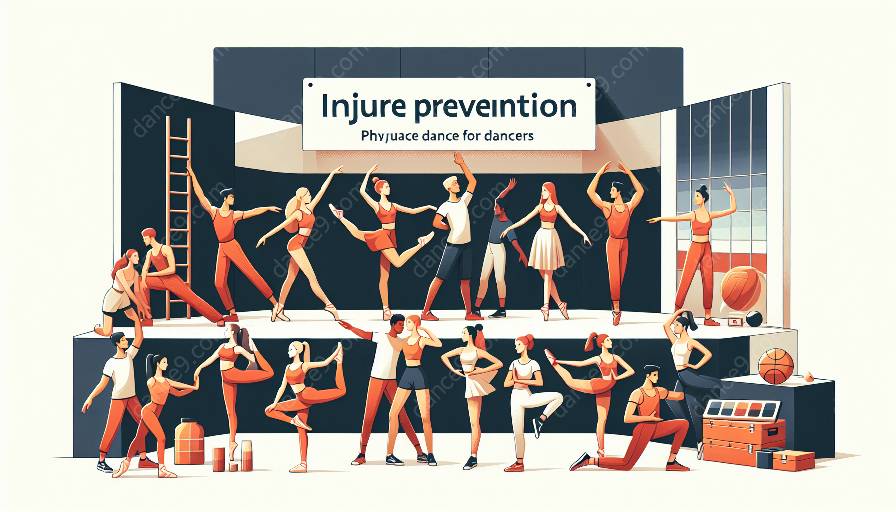Dance is a physically demanding art form that requires a high level of athleticism and mental resilience. Dancers often face the risk of injuries due to the intense physical and psychological pressures of their craft. In this comprehensive guide, we will explore effective mental health strategies for preventing dance-related injuries while promoting overall physical and mental well-being.
Injury Prevention for Dancers
Before delving into mental health strategies, it's important to understand the unique risks dancers face in terms of physical injuries. Dancers are prone to a wide range of injuries, including sprains, strains, fractures, and overuse injuries, which can result from the repetitive nature of dance movements and the demand for extreme flexibility and strength. To mitigate these risks, dancers should prioritize injury prevention by incorporating proper warm-ups, cooldowns, cross training, and regular rest into their training routines. Moreover, maintaining overall physical health through proper nutrition, hydration, and adequate sleep is key to preventing dance-related injuries.
Physical and Mental Health in Dance
Physical and mental health are intricately linked, especially in the context of dance. While physical injuries are more commonly discussed, the mental well-being of dancers is equally crucial in preventing injuries. Mental health challenges such as performance anxiety, stress, burnout, and self-doubt can impact a dancer's physical performance and increase the risk of injuries. Therefore, it's essential for dancers to prioritize their mental well-being through techniques such as mindfulness, meditation, visualization, and seeking professional support when needed.
Mental Health Strategies for Injury Prevention
Practicing mindfulness techniques can help dancers develop greater self-awareness and control over their thoughts and emotions. By managing stress effectively, dancers can reduce the risk of succumbing to psychological pressures that may lead to physical injuries. This can be achieved through breathing exercises, meditation, and cognitive behavioral therapy.
2. Goal Setting and Positive Self-Talk
Setting realistic and achievable goals is crucial for maintaining motivation and confidence in dance. Positive self-talk can help dancers stay focused and resilient, ultimately reducing the likelihood of succumbing to mental barriers that may contribute to injuries.
3. Rest and Recovery
Proper rest and recovery are essential for dancers to prevent overuse injuries and maintain physical and mental resilience. Adequate sleep, relaxation, and engaging in non-dance activities can help dancers recharge and prevent mental and physical burnout.
4. Professional Support and Communication
Seeking guidance from mental health professionals, such as psychologists or counselors, can provide dancers with valuable support in managing performance-related stress and maintaining a healthy mindset. Open communication with peers and instructors can also foster a supportive dance environment where mental health is prioritized.
Conclusion
To conclude, mental health strategies are paramount for preventing dance-related injuries and fostering overall physical and mental well-being in the dance community. By acknowledging the complex interplay between physical and mental health in dance, dancers can implement effective strategies to mitigate the risk of injuries and unlock their full potential as performers.


































